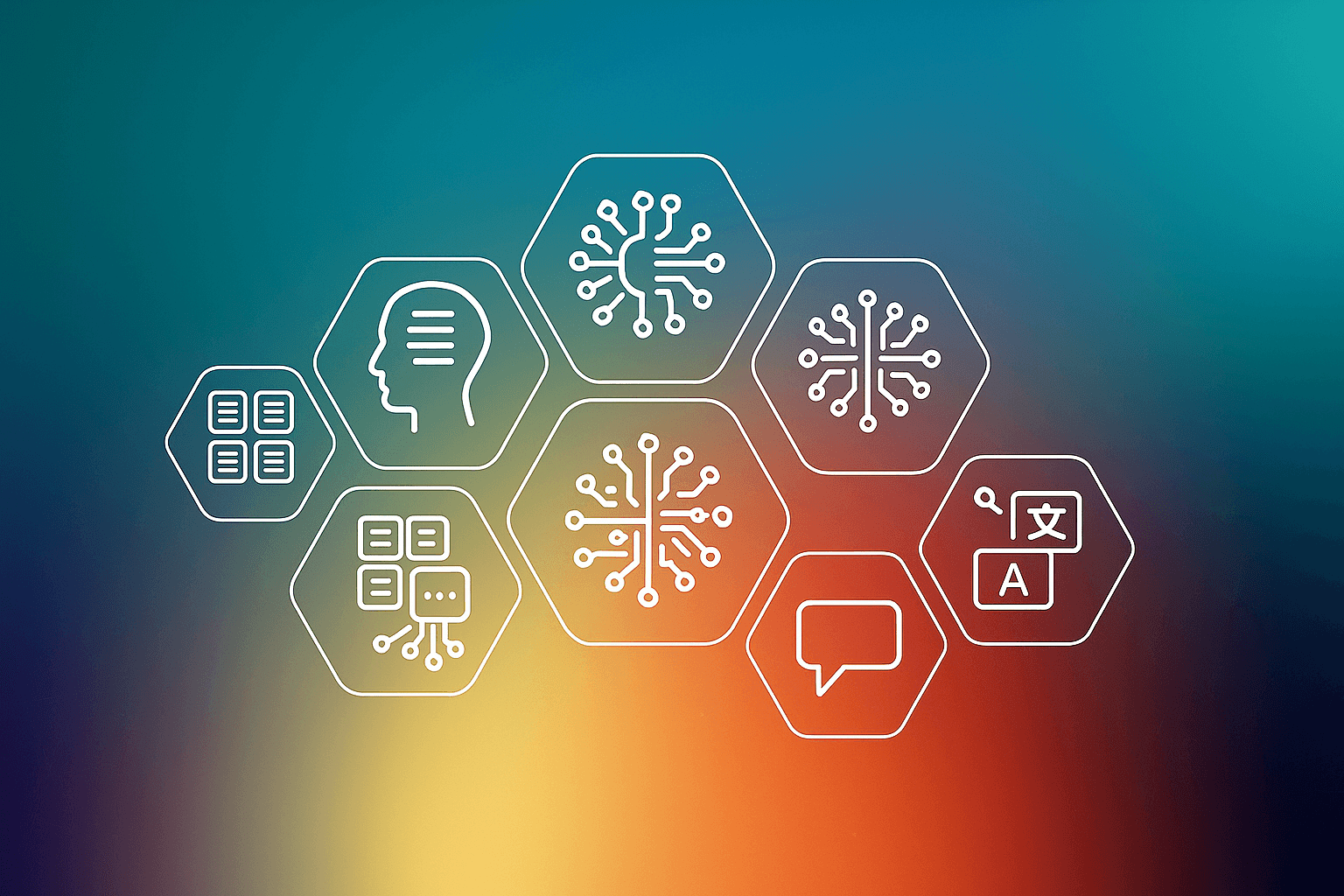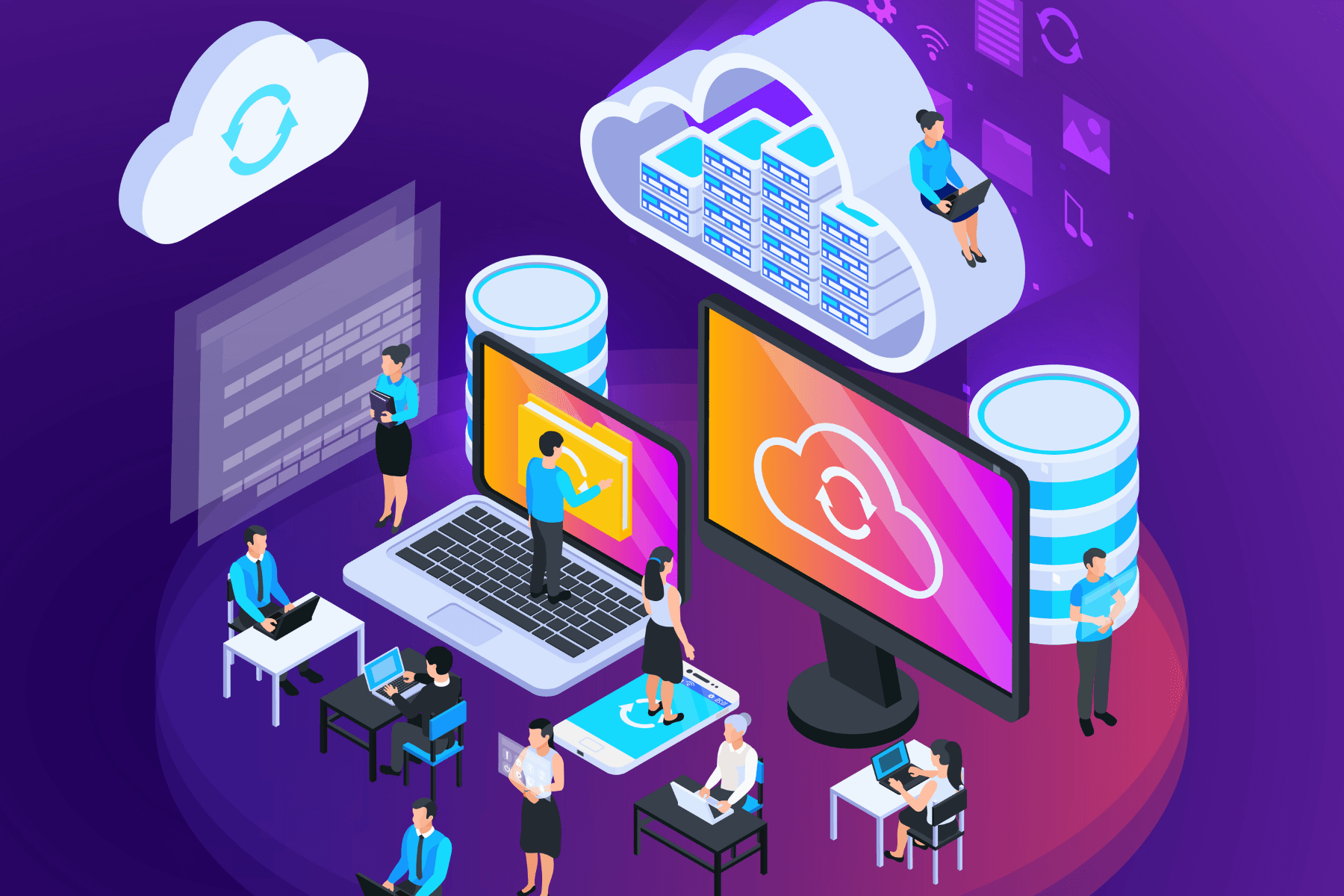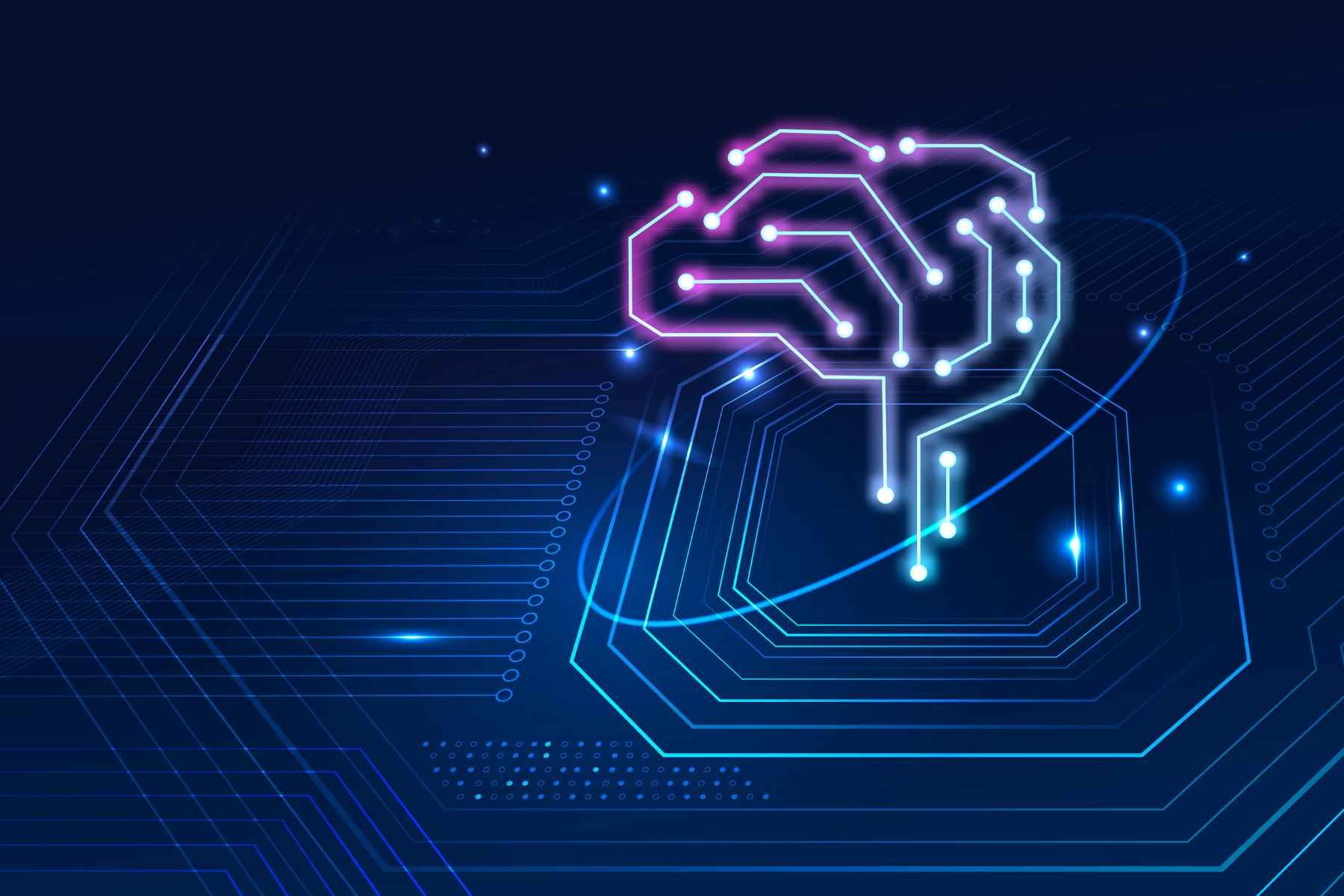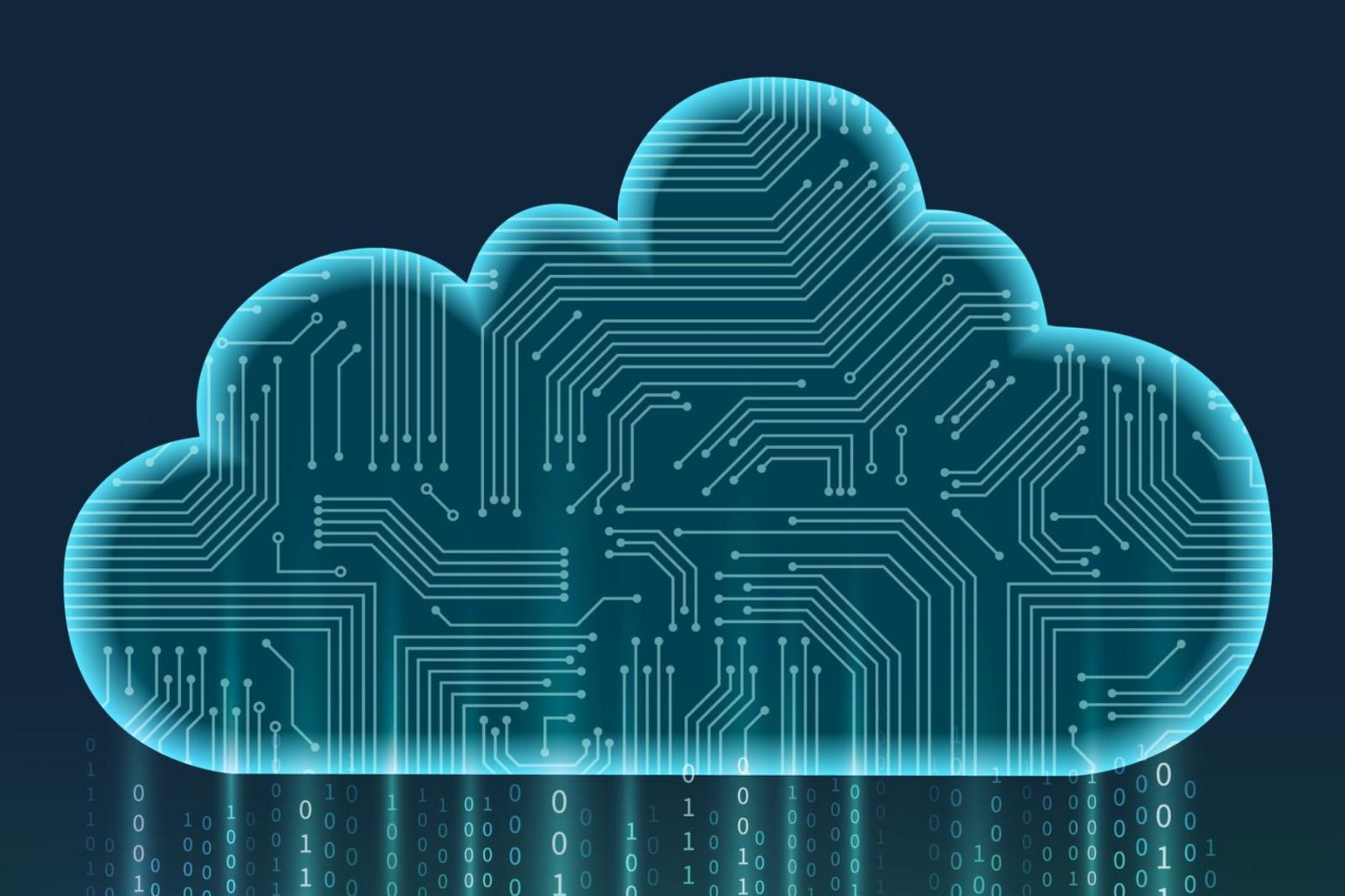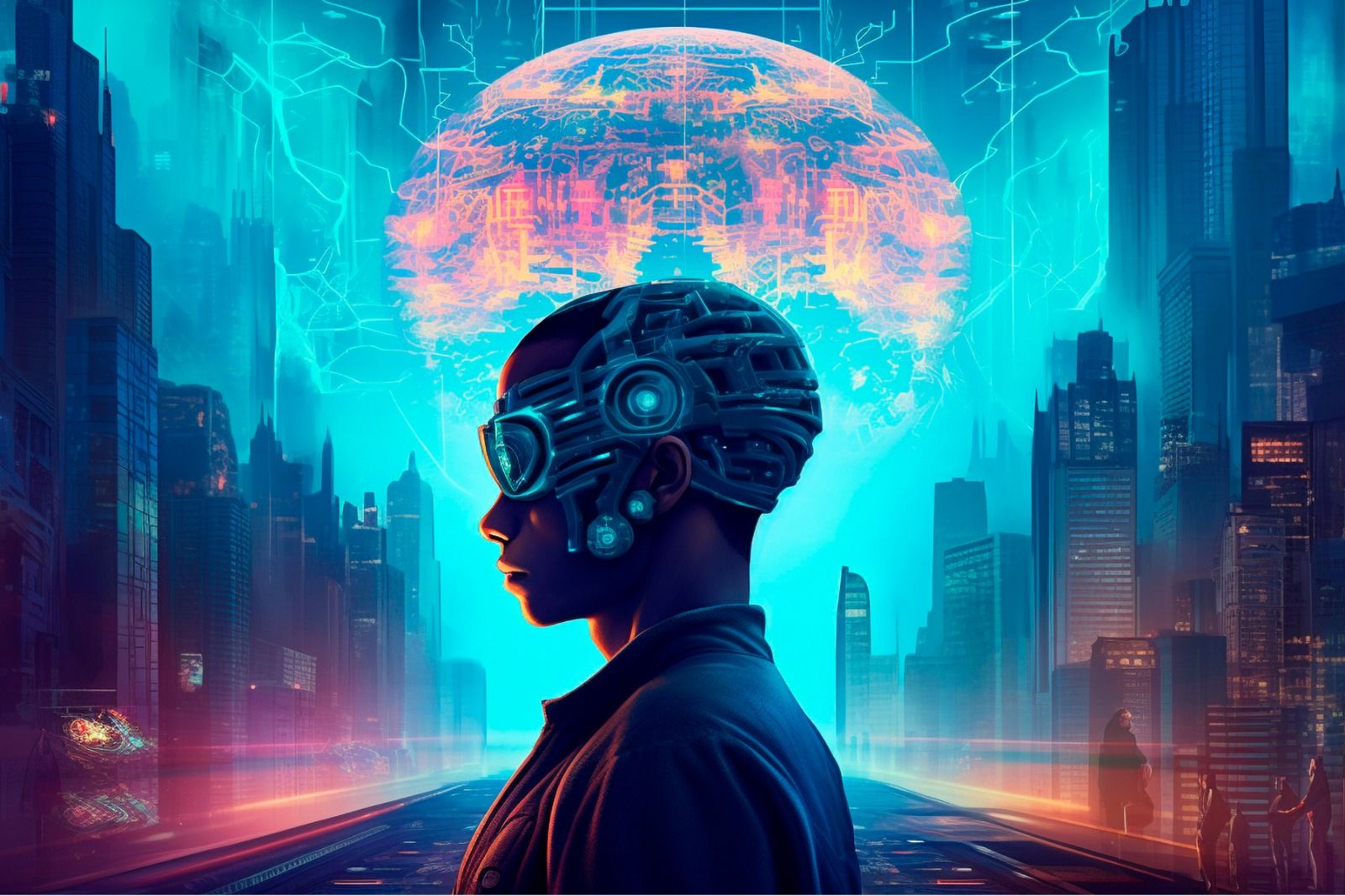What is best for your business Cloud ‘X’ or Cloud ‘Y’ or Multi-Cloud?‘’There are many unique benefits when we use cloud ‘X’ over ‘Y’, it is really the best possible approach to use Cloud ‘X’ because of the multiple benefits.’’If you run a business thinking on the same lines, then you are not following a good approach. For any business, it is not a wise decision to be overly dependent on a particular Cloud provider.When you decide of using cloud ‘X’ over cloud ‘Y’ or vice versa then you become too reliant on a particular cloud provider, instead of this, how about identifying an approach to use them together. There’s nothing magical about using multi-cloud.The Transition continues...
How to Begin?
The key to making all the pieces work together is to plan. To utilize multiple clouds, the applications should be developed and managed in such a way that the components can cohesively work together. It’s not solely about the application, the database and entire structures should be able to run cohesively between various cloud providers offering best performance & reducing overall cost.Once you have finalized your applications, databases, management tools, solutions and processes, its time to start working on the components. This may sound simple at this moment but hold on! putting it all straightforward on the cloud straight without any strategy can exponentially intricate functionality of designing, implementing, upgrading and running pieces together.
PLAN
Managing Multi-Cloud - Things to Consider
Cost Factors –
While it seems that running cloud infrastructure on multiple cloud can result in more price and maintenance, actually the story is quite opposite. Multi-cloud can save a considerable amount of money & makes more economic sense. The truth is that the benefits of multi-cloud far outweigh the complexities.Assuming cost, services, workloads carefully on various providers will help to achieve benefit from the cloud. The primary cost-factors to consider when going for a multi-cloud vendor are –Total Cost of Ownership – Analysing TCO can help to identify the right cost for your cloud requirements. From your list of resource create a balance between different cloud and run your applications and services on a cloud combination which prove to offer lower cost of ownership.Cost of Migration - Identify the applications and workloads which will benefit the most by migrating to a different cloud provider. Move the right applications to the best fitting cloud and the savings can be significant.
Performance Measurement –
While moving to a Multi-cloud system, measuring the performance of every kind of workload is extremely important. You need to measure the distinctive performance, as well as look at the spikes and peaks when they appear. Collect data and measure the running jobs to assign capacity to your workload.Applications Performance– Once you mix clouds you risk introducing issues around your applications. A cloud environment can be affected by noisy neighbors or containers or code issues. To take the advantage of multi-cloud your applications end-to-end performance should not suffer due to data processing or due to infrastructure concerns. Solve the application concerns by maintaining application compatibility, reliability, and domain familiarity on multiple clouds.Latency – All Cloud work on a network controlled with a bandwidth. The main factor to consider here is the latency which is the response time between a request & the response. While working in a multi-cloud environment always perform a real-time simulated environment check with various users accessing your cloud from different regions to identify the latency issues. Keeping your latency to the minimum is good while a greater number is not recommended.
Downtime –
Concerns about downtime are valid when you consider a multi-cloud approach. The capability to replicate data in real-time or creating resilient architecture can prove to be a promising situation. The effort for setting multi-cloud best pays off with the reduced downtime risk. When on multi-cloud you get the reliability of different cloud providers. Multi-Cloud will provide higher availability & lower the risk of downtime which will be an excellent strategy in the long run. While you can run and maintain applications on the primary provider, your secondary provider can be used as a backup and will bill you only for redundancy. You can create multiple use case, while the cost will rise to operate the active-active cloud systems, it will be purely justified with the value in the long-run.Reliability - Choosing the right service and matching SLA’s will address the downtime concerns you may have. Ensure that the chosen cloud providers have an appropriate strategy to patch the OS and vulnerability issues. Everything in a proper mold avoids the interruptions and service concerns.Scalability – Monitor and stress test your application across the selected cloud to ensure that you can spin-up nodes quickly based on your demands.
Data & storage –
Thinking of data & storage in a multi-cloud environment may boggle your mind about operational cost and intangibles to be taken into account. Various Cloud providers offer applications and features to facilitate the multi-cloud storage. Alternatively, getting into the open source app world can avoid service lock-in with native applications. common management and policies for different clouds.You can follow the approach to store the data entirely on the cloud or may maintain a cache on a cloud for faster access by the users. Compare your storage and data cost for various scenarios, of course, you will find more benefits with storage on the cloud but it all depends on your use case.
How should we think of Security in a Multi-Cloud environment?
One of the primary objective while on multi-cloud is to stay updated in terms of security benefits. Your data might be split over multiple clouds and security can be complicated. Cyber-attacks can happen anywhere and with the applications and database split over multi-cloud, security & resource management can get complicated.Implementing a robust cloud security solution is a vital step. Despite the perils, developing a powerful multi-cloud security policy can improve security and reduce the associated risks.Infrastructure Policies – Ensure that the requisite level of configuration is maintained, whether on one cloud or multiple clouds. As the multi-cloud environment grows the repeated errors can expand into newer unwanted resources. Therefore, the policies should define the cloud infrastructure configuration and resource access.Visibility Levels – Insufficient skills and poor security management practices with regards to data and access levels may lead to data breach. To ensure appropriate access to the information assets, consider a plan and choose a strategy of making services visible to limited persons.Automated Monitoring – Systems should be designed and implemented to warn you of the errors in an automated way. Implementing automation may help you get attention to the errors before they become issues.
Did you Plan an Exit Strategy?
Should the need arise, how will you move away from a vendor? How will you move your data in a specified time & cost?Without an escape plan, you might be tied with rising costs and lose the agility of what made you switch to a cloud.Always work with a forward-thinking approach and have an exit strategy in place, in case your ‘’break up with a vendor’’ or something goes against. With an appropriate strategy, you can switch to another vendor without a huge disruption in your applications or services thus keeping associated costs at a minimum while switching vendors.
Get the Right Expertise
To rightfully experience the greatest benefits of multi-cloud, determining the multi-cloud behavior, and identifying the right strategy for your business is the key to unlocking value.As with most business decisions, there’s no clear-cut answer here that what’s right or wrong or which leap into the cloud should one take. Every business is unique and so would be their cloud computing requirements. Taking expert advice will reflect into the right approach for your business on optimal utilization of resources and technology.E2E Networks has already helped a lot of start-ups/SMEs to manage and benefit from multi-cloud environment thus providing greater value and performance. Are you looking for someone to help you set up and manage a multi-cloud environment, then E2E would be your best bet.Get in touch with our Cloud Experts today!Our representatives are available at +91-11-3001-8095 and sales@e2enetworks.com.
Stay in Touch with us @ Twitter, Facebook, YouTube or LinkedIn
]]>

